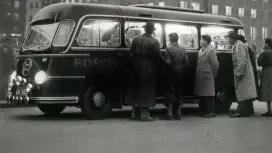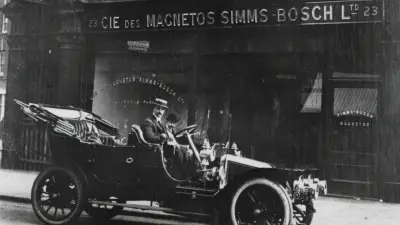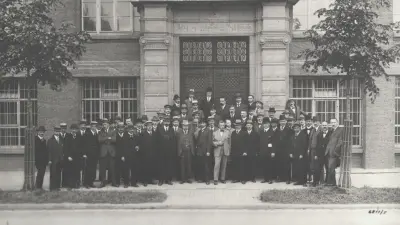The path to becoming a global player
Looking back at internationalization at Bosch
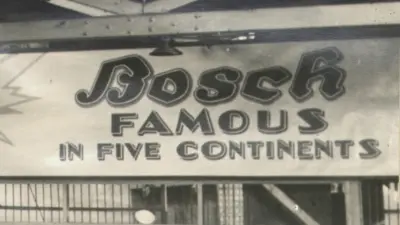
Bosch has been an international company for 125 years. Robert Bosch himself recognized the importance of the global market for successful growth. The nature of international business has evolved over time, but the commitment to the strategy of international orientation has remained steadfast.
Products 1903 and 2023

In 1903, the typical Bosch product was a magneto ignition device to ensure a reliable ignition in cars. It was developed, tested, and manufactured entirely at the Bosch plant in Stuttgart and solely by German associates, most of whom were men from the local area. Once complete, the magneto ignition devices would be sent out on the road, either to German automotive manufacturers or, on an increasing basis, to international customers. Between 1899 and 1906, the percentage of sales revenue generated outside of Germany rose from 16 to 79 percent.
Which product would typify Bosch in 2023? With such a large range, it’s difficult to say. Researching, testing, and manufacturing is carried out within an international network, involving countless different people. Diversity plays a major role at Bosch. Today, products still criss-cross the world but they are not leaving from a single starting point anymore. The international manufacturing and research network ensures that products are developed and manufactured where they are needed — local for local.
Between these two scenarios lie 120 years
in which Bosch has transformed itself from a company with international ambitions to a global player. It all started in 1898, when Robert Bosch took the first step towards internationalization, just 12 years after founding the company. Internationalization has remained a strategy crucial to Bosch’s survival. After a number of setbacks in the crisis-plagued 20th century, the company’s strong international orientation was often pivotal in its subsequent upswing.
Helped by people with in-depth knowledge of the local market
At the end of the 19th century, Bosch recognized that the German market alone would not be enough if it wanted to sell large quantities of magneto ignition devices. The decision to enter important international markets was decisive in benefiting from the upcoming boom in motorization. Bosch had to identify the right entry strategy. Often, personal contacts were the best way to get a foot in the door. The Paris motor show, for example, was one of the best places to meet other experts and make important connections. This is how Robert Bosch got to know people with in-depth knowledge of the local market and with a wealth of experience. Such local companies would take over the sale of Bosch products with great expertise, like in China in 1909 and in Japan in 1911. Setting up subsidiaries and production locations outside of Germany was still the exception rather than the rule for Bosch. Until 1914, there were only two major manufacturing locations outside of Germany: in France and in the U.S.
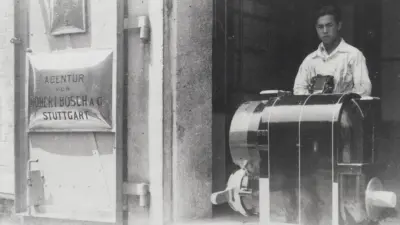
Joint production
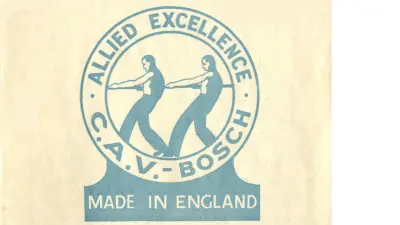
High tariffs and long journeys were the reasons why Bosch stepped up its internationalization efforts in the 1920s. Achieving the same position as before the first world war in countries such as the U.K., France, and the U.S. was only possible if Bosch was able to manufacture locally. Once again, getting local experts on board proved decisive in gaining a foothold. In the late 1920s and early 1930s, Bosch set up joint ventures with domestic companies. To bypass long transportation routes, Bosch awarded licenses for Bosch products in Japan and Australia to local entities. In almost all cases, the choice of partner proved to be extremely wise. The business relationships resumed after the interruption of the second world war and evolved into the partnerships we see today.
International production network
In the 1950s, Bosch declared the international division of labor, with products being manufactured worldwide, as its long-term goal. As early as 1960, investments outside Germany focused more on establishing Bosch’s own manufacturing sites than on strengthening the sales network. Customer proximity was important, as was facilitating access to difficult markets. Often, Bosch had opened Bosch Car Service garages on the ground to make its name and brand known. Later, household appliances and power tools would also help the company get its foot in the door. What’s more, a production site offering good working conditions and high quality was always the best calling card when local companies were on the lookout for providers for new projects. With Stuttgart unable to keep up with the administrative burden, robust new units were required to organize local business.
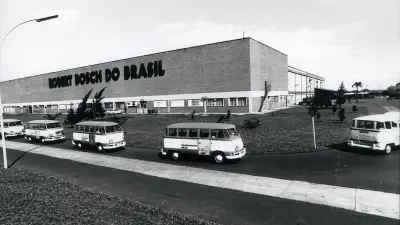
Research is getting international
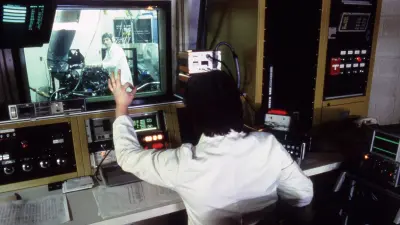
The more international a business activity became, the more Bosch had to contend with international competition. Research and development, which was clearly concentrated in Germany up to the 1980s, was transformed into a global development network. Local engineers were better placed to translate local needs into solutions “Invented for life.” Individual divisions around the world were handed product responsibility. As early as in the development phase of a new product, associates from different locations around the world would work together. Crucial factors influencing these developments included the increasing speed of data transfer and the opportunities offered by the internet. In the years that followed, more and more virtual teams were set up, with team members from different locations around the world working together to develop new products.
Over the past four decades
Bosch has continued evolving rapidly from an international company into a global one. As a leading global supplier of technology and services, Bosch has 468 subsidiaries and regional companies in over 60 countries. Associates of more than 150 different nationalities work at Bosch and contribute to the company’s success on a daily basis. And the journey is far from over.
Author: Christine Siegel
